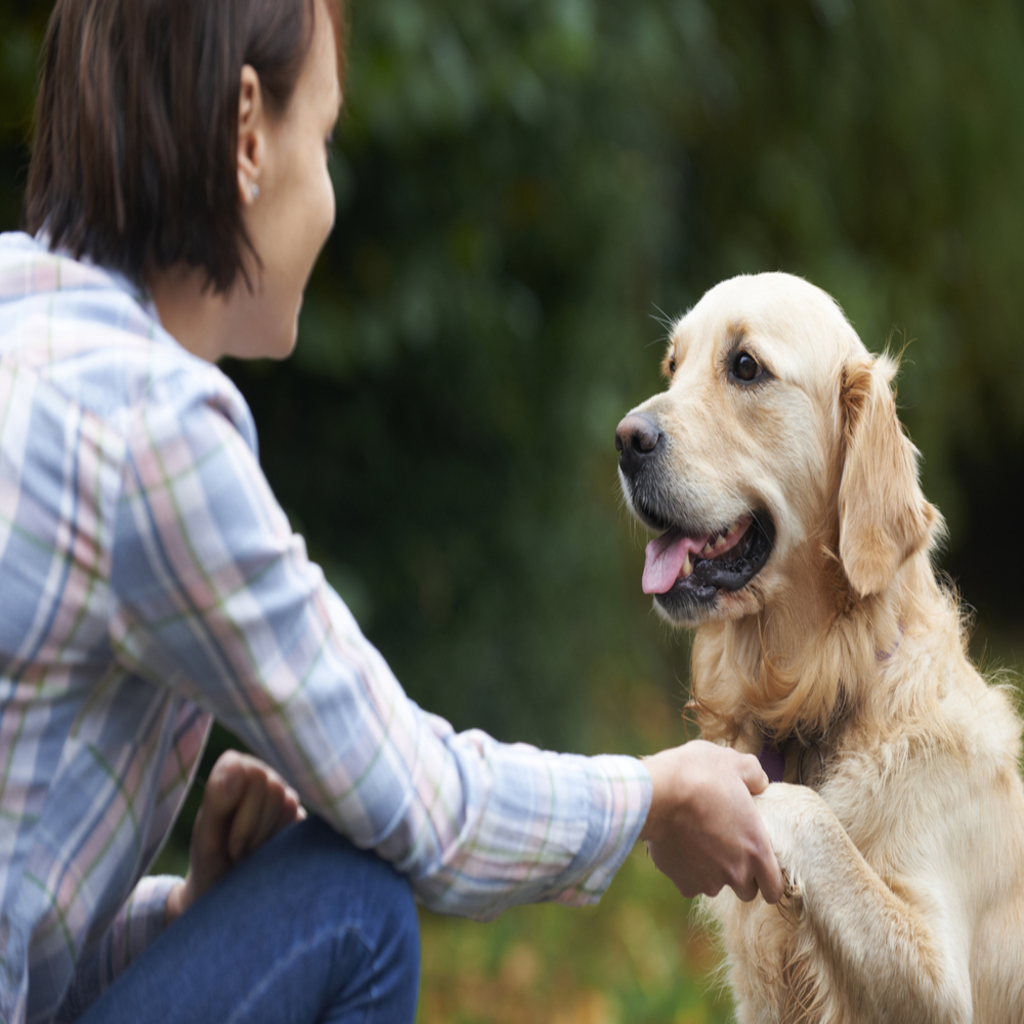
Image Credit – Hemapriya
Dogs may not use words like humans, but they have their own powerful way of expressing emotions, needs, and feelings. Canine Communications is the art of understanding how dogs talk through body language, vocalizations, and behavior. From a simple wag of the tail to the tilt of the head, every action tells a story. By learning to read these signals, you can strengthen trust, improve training, and create a deeper connection with your furry companion.
When Monkey gets left in the boarding kennel, he “scolds” his owners with non-stop barking when they return.
Bear howls with the fire sirens, Ruffy woo-woos when her owner comes home, Chief barks a fearsome sound when the UPS truck comes down the street, Amber whines when left alone for more than a few minutes, Ranger growls a throaty sound when another dog approaches his food bowl or toys, and Ringo barks to be let out or in and when his 5:30 p.m. dinnertime rolls around.
Canine Communications: Understanding Your Dog’s Secret Language

Dogs have a wide range of vocalizations, all designed to help them get along in their human or canine pack. Although most of these sounds draw our attention, we often misread their intentions and confuse alarm barks with anxiety attacks, please-don’t-do-that requests with aggressive warnings, and simple communication of needs with nuisance noises. And sometimes we even manage to develop nuisance noises out of what began as a communication of needs and escalate please-don’t-do-that requests into aggressive warnings.
Barking
This is the most common of dog noises, done to signal the approach of a strange person, dog, or other animal; ask for play; show distress; say hello; get attention; or warn the approaching stranger or critter. Barking has tones; dog owners can distinguish those tones by listening and by reacting in an appropriate manner. The alarm bark that says “someone’s coming; come see who it is” is different than the “come-play-with-me” woof, the deep “get-off-my-property” warning, the “I’m-glad-you’re-home” greeting and the “please let me in” request. And all are different than the non-stop, inhale/exhale panic barking of a frightened pet.
It appears that early breeders deliberately selected for barking in some breeds. Breed histories and modern dog lore indicate that the Norwegian Elkhound barked to lead the hunter to the cornered moose; livestock guard dogs barked to alert shepherds to intruders and to warn trespassers not to bother the flock; palace guard dogs also barked to warn of invaders and prowlers; hounds bayed their way to the rabbit, raccoon, or fox; and terriers barked to mark their progress as they chased their quarry above and below ground.
Canine Communications: Excessive barking
These days, every dog owner is well-advised to teach an additional command beyond the sit, down, come triad for well-mannered pets. To avoid anti-dog regulations and legislation and keep peace in the neighborhood, every Barkley, Rascal, Sassy, and Fluffy should learn “Shhhhh!” or “Quit” to turn off the sound before it causes trouble.
Along with teaching some version of “knock-it-off,” dog owners should always respond to barking and praise the dog for alerting to the visitor or passer-by so the dog knows he can do his job before being told to zip his lip.
Howling
Many breeds and some individual dogs have a propensity to howl, a sound that is considered music to the ears of a houndsman or the wolf fancier but not so cool by suburbanites and city-dwellers. Some of these howlers need a trigger, a siren to accompany or another dog to start the chorus, but some need no encouragement to throw back their heads and send a mournful song to the full moon, to the strains of a violin, or to some unseen, unheard spirit.
Wolves howl to bring the pack together before a hunt and to seek contact with other pack members. Even though they do not gather to hunt, some dogs may howl to connect with another being. At times, however, dogs seem to howl out of sheer joy.
Growling
Growling can be used in play, as a warning or threat, or as a defense signal. A pet might growl in mock ferocity when playing tug of war or carrying a favorite toy. He might also growl when petted where it hurts, when a child pulls his tail or ears, or when he wants his own way. All throaty vocalizations are not growls, however; some dogs have an entire repertoire of sounds to show happiness, throaty growls or roars among them.
More than any other dog sound, however, growling should be heeded with special attention, for it is also the rhetoric of dominance and aggression. Bentley’s almost sub-sonic rumble when Katy toddles near his food dish or grabs his tail; Spot’s grumble when told to sit or when corrected for knocking over the garbage can; Misty’s mutters when she’s put in her crate at night – all are warning signs that the pooch is trying to play the system to get his own way.
Other sounds
Along with barking, howling, and growling, dogs whine and whimper to get attention or to indicate pain. Whining – a leftover from the days when the puppy needed his mother’s milk and comfort – can be another propaganda ploy to gain the upper paw, for its annoying tones often cause the owner to give in. “If Barkley wants out of the crate, fine, as long as he stops that incessant noise!” Sidney Jones may grumble under his breath, but if he actually lets Barkley out of the crate, his problems will multiply. Some dogs whine out of panic, escalating their upset until they salivate heavily and dribble and spray spit on themselves and their surroundings. These dogs need confidence, not punishment. In the short run, giving in may be the best answer as long as it is followed up with a program, guided by a behaviorist or knowledgeable dog trainer, for building self-reliance.
Canine Communications is the secret to unlocking a stronger bond between you and your dog. Paying attention to their signals not only prevents misunderstandings but also helps you become a more caring and responsive pet parent. Have you noticed any unique signs of how your dog communicates with you? Let us know in the comments!
Frequently Asked Questions
What is meant by canine communications?
It refers to the different ways dogs express themselves through body language, sounds, and behavior patterns.
Why is canine communication important for dog owners?
It helps pet parents understand their dogs better, reduce stress, and improve training and bonding.
How can I learn canine communications at home?
By observing your dog’s body language, noting reactions in different situations, and responding calmly and consistently.






